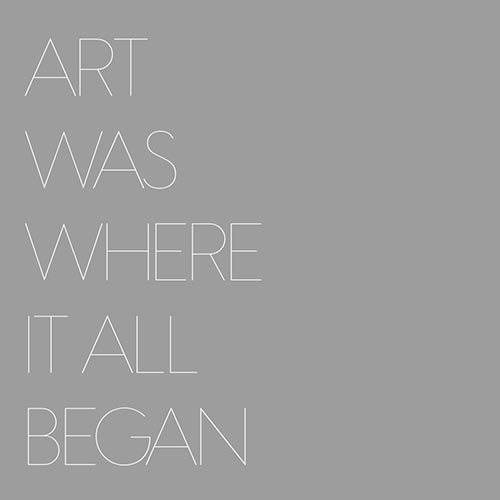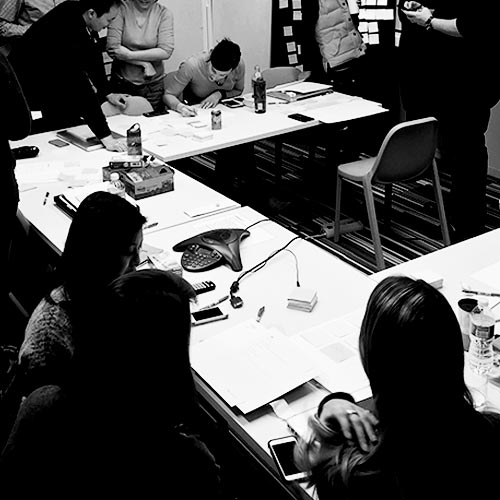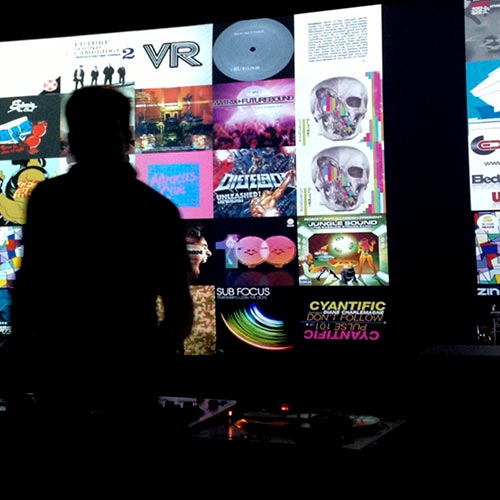Leaders need to focus their teams on ideas, not executions or timelines. While producing your product is imperative, ensuring that your team is idea-focused is the lifeline for your team. It is what will drive them beyond the existing solutions and into something truly great. Teams that are deadline focused slowly become order-takers instead of individual thinkers. Teams focusing on ideas and concepts are invaluable to companies – they are the people driving the company forward to new, better and truly great solutions.
A professor from my days at UCLA’s Media Lab once told me something that has stayed with me throughout my career. He sat us all down during one of our classes and impressed upon us the importance of how we thought, not just our skills in the latest design software. He said learning the newest and greatest trend or software was fine, but anyone can learn a program. Thinking sets one apart. I have held onto that viewpoint and strive to help my team become strategic and creative thinkers, not just designers and writers.
In our team at Starwood, we had to completely change our process and viewpoint on projects and concepting to bring this to life in our group. We started with our creative meetings.
Until that time, they were focused on project work and current deadlines. We decided to change that and create situations for non-project discussions of creativity and innovation. We wanted the team to look beyond the project in front of them at that time. We also invited people from all different disciplines to be part of these new meetings. We now have people attend from many different backgrounds – IA, UX, print, interior design, development, production, strategy and video.
Every week the meeting changed in terms of what we talked about and explored as a group. However one element was a constant – and was the one requirement for attending the meeting. It was answering one question: “What inspires you?”
In 30 – 45 minutes the attendees were to this question with whatever answer was right for them. Every answer was deeply personal and vastly different from the next. Unbeknownst to us at the time, this personal expression and willingness to risk sharing something so personal to a large group, caused the team to grow close. We found that teams that once were tense, now worked together seamlessly. They trusted each other.
Become strategic and creative thinkers, not just designers and writers.






Design Philosophy
Leaders understand that people need purpose. They need an identity that lets them aspire to do more – to innovate. For my current creative team, that identity was built upon nine design truths. Nine fundamentals founded in human truths. Working with my Vice President, we created and printed cards emblazoned with each of these nine truths. Each team member kept them at their desk, displayed them, or simply referred back to them as they needed. It gave the team an identity that pushed them into innovation as a natural course of their process.
It also meant that they had beliefs to stand by and to give them strength, especially if during a time of uncertainty. Further, these beliefs made it easier for them to communicate their thoughts to clients and other team members. It gave them a foundation from which to strive for something more. Giving people something to believe in is key to leading a team. It helped them push their own creativity and produce the highest quality design.
It gave them a foundation from which to strive for something more.
